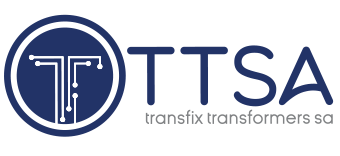De-escalation in loadshedding forecast for coming week as country emerges from renewed Stage 6 …
Eskom is forecasting a de-escalation in the intensity of rotational power cuts for the coming week following the traumatic return of Stage 6 on Friday November 24 and complaints in certain distribution areas, notably Johannesburg, that the duration and frequency of the latest cuts exceeded those experienced during previous Stage 6 episodes. The utility announced that loadshedding would be reduced to Stage 4 from 12:00 on Sunday November 26 until 5:00 on Monday November 27, when Stage 3 cuts would be implemented.
